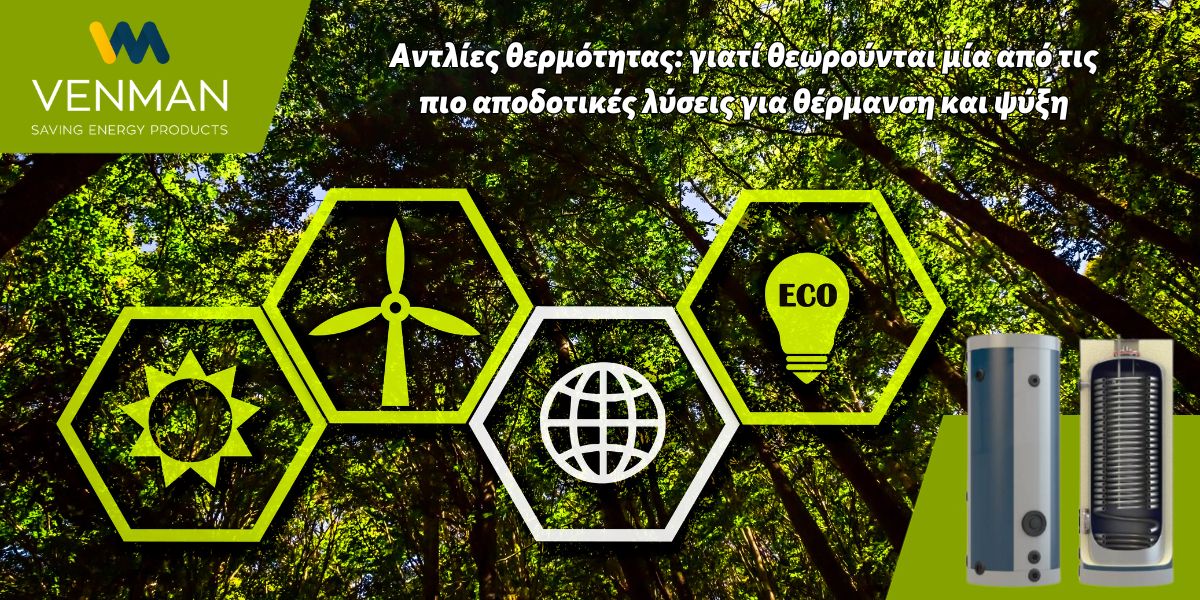The heat pumps they are an extremely efficient and environmentally friendly solution for heating and cooling buildings. This technology takes advantage of the renewable energy present in our environment, such as air, soil or water, and transports it through a refrigerant in order to heat or cool buildings.
One of the basic types of heat pumps is the air-to-air heat pump. These pumps extract heat from the outside air and transfer it inside the building for heating or cooling. They are efficient even at low temperatures, although their performance may decrease somewhat during the winter.
Another option is the air-to-water heat pump, which draws heat from the outside air and transfers it to a plumbing system for indoor heating, such as underfloor heating or radiators. This system is extremely efficient and provides uniform heating throughout the building.
A more sustainable option is the ground-to-water heat pump, which draws heat from the ground through a ground pipe or geothermal probe and transfers it to a hydronic indoor heating system. This technology is efficient and can provide a constant temperature throughout the year.
Heat pumps offer many advantages. They use significantly less energy than other heating and cooling methods, reducing energy consumption and operating costs. Also, the use of renewable energy sources reduces the emission of greenhouse gases and contributes to reducing the ecological footprint.
In addition, heat pumps are flexible and can be integrated into various heating and cooling systems. They can be used in both residential and commercial installations. In addition, they provide a comfortable temperature and indoor climate in the spaces, offering comfort and well-being to the users.
Overall, heat pumps represent a modern and "green" solution for heating and cooling of buildings. With the efficient use of energy and the use of renewable sources, they contribute to the protection of the environment and the saving of resources, while at the same time offering comfort and effective regulation of the internal climate in living and working areas.
